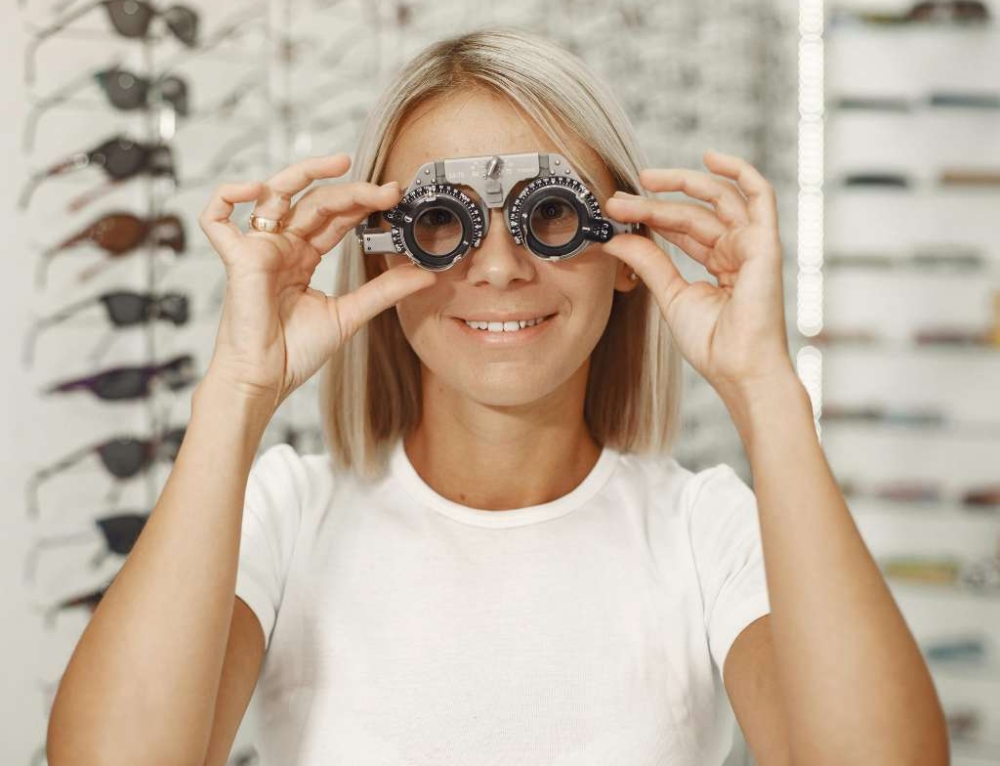Albinism is a rare genetic disorder that affects roughly one in 17,000 New Zealanders. Children will generally have lighter than usual hair, skin, and eyes, but they may also appear perfectly normal. Regardless of what type of albinism a child has, vision problems are always present.
What causes it?
People with albinism have trouble producing melanin – the pigment that determines skin, eye and hair color. It is genetic and both parents have to have the gene for a child to develop the disorder. The type of albinism is determined by which gene is affected.
Is it serious?
Because of a lack of melanin, people with albinism are more sensitive to sunlight, leaving them at higher risk for skin cancers and thickened skin (called pachyderma). People with albinism also often have vision problems. Kids with albinism often look different from other children and may experience social isolation. Because of this, parents should be sure to watch for signs of emotional stress.
Can I prevent it?
There is no way to prevent albinism. If both parents have the mutated gene, and both pass that gene along to their child, the child will have albinism. There are, however, varying degrees, determined by the amount of melanin their body produces.
How do I know if my child has albinism?
In extreme cases, kids with albinism have milky white skin, translucent blue eyes (though, if no pigment is present at all, the iris may appear pink) white hair, and vision problems. However, not all albinism is characterised by a complete lack of pigmentation. Some sufferers of albinism do produce some melanin and as a result do have pigment in their skin, eyes and hair. How much pigment is present affects the range of skin, eye and hair colour.
Those affected often have problems with their eyesight, ranging from nearsightedness, farsightedness, or astigmatism. They may also be light-sensitive and require sunglasses or tinted contact lenses to cope with sunlight.
How do I treat it?
Because albinism is not curable, it is not so much treated as managed. Managing your child’s albinism includes taking special care to avoid sun exposure and prescription lenses to help correct vision problems. Surgery may be necessary if the eye muscles are particularly unstable.
Should I call the doctor?
In cases where the family is very fair, the lack of pigmentation may not be the most obvious indication of albinism. Babies with albinism display a quick back-and-forth motion with their eyes, called nystagmus, which is also a characteristic sign of the disorder. If you notice this symptom in your newborn, contact your doctor immediately.
What you need to know:
- Albinism is a genetic disorder.
- Kids with albinism lack melanin (pigment) in their eyes, skin and hair.
- Kids with albinism are at increased risk for skin cancers and vision problems.
- It is a manageable disorder.
- You can find more information and support at the Albinism Trust






Leave A Comment
You must be logged in to post a comment.